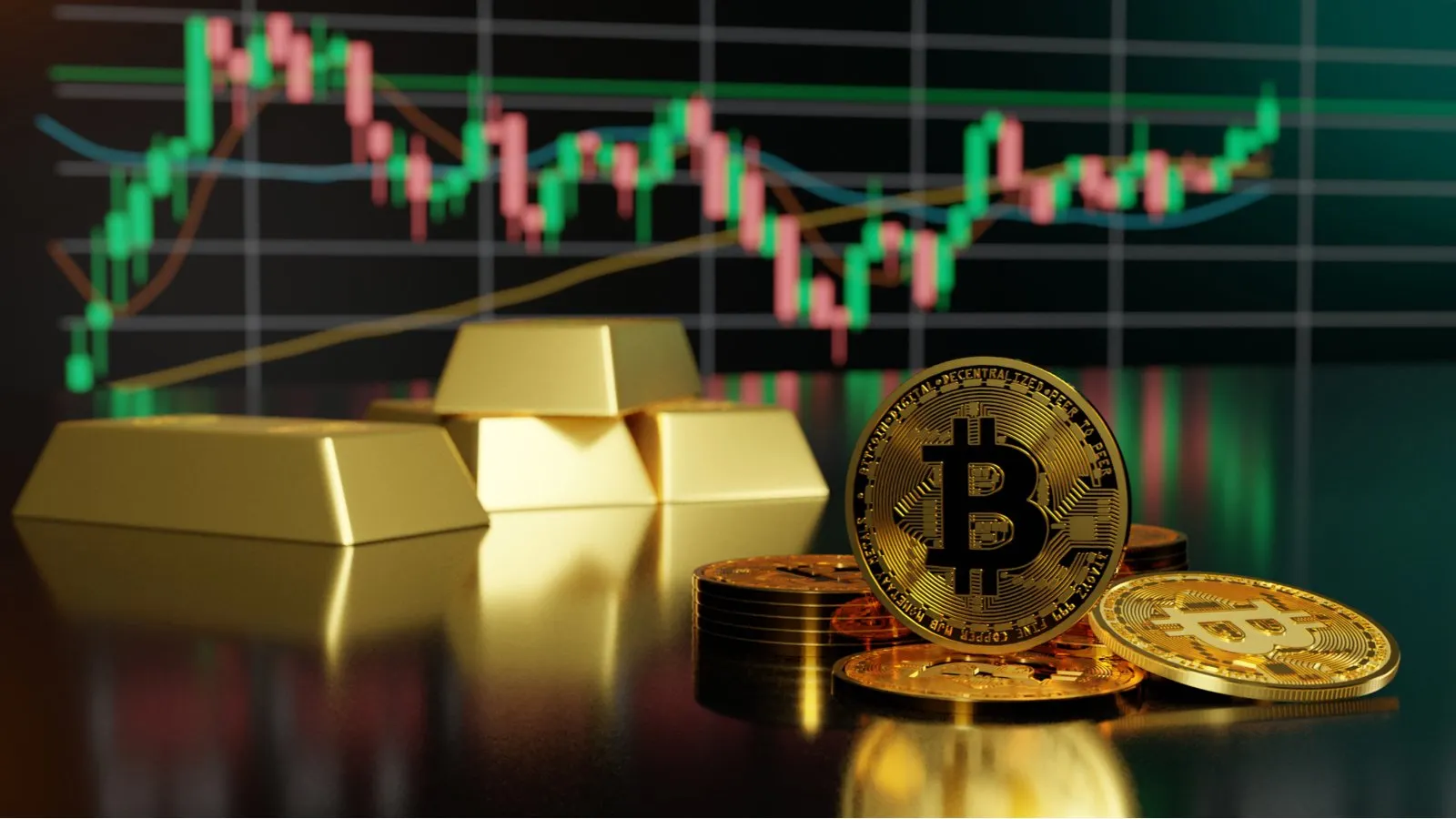It's been roughly four days since Bitcoin (BTC)’s fourth halving event occurred, and market watchers have amassed enough data to give an early verdict on its effects.
For one, Bitcoin’s supply inflation rate has collapsed, as expected. Each Bitcoin block—mined roughly once every ten minutes—now produces just 3.125 new BTC, half of its former 6.25 BTC block subsidy.
Before the halving, 900 BTC was generated daily, fueling a 1.7% inflation rate. The new figures are roughly equivalent to 450 BTC per day, and an annual inflation rate of 0.85%. According to a new report from Glassnode, these metrics place the network’s supply issuance rate decisively below that of gold’s 2.3%—a historically significant asset to which Bitcoin is frequently compared.
MUST WATCH‼️: Natalie Brunell vs. Peter Schiff 🥊
“We tried gold, it didn’t work…Bitcoin does provide HOPE for us, the working class.” - Natalie Brunell 🔥🔥#Bitcoin pic.twitter.com/ymACw0MPmS
— Swan (@Swan) April 15, 2024
The argument, according to Bitcoin bulls, is that Bitcoin’s digital nature makes it more divisible and portable than precious metals, thus advantaging BTC as a modern-day medium of exchange. Thanks to the halving, Bitcoin supply will be more limited than gold, meaning it will, in theory, store its value better over time rather than being inflated away.
In terms of Bitcoin's price movements, however, some analysts believe the halving is otherwise irrelevant.
“Issuance is a fraction of the on-chain transfer volumes, spot volume, and derivatives volume we see today, and is currently equivalent to less than 0.1% of the aggregate capital moved and traded on any given day,” wrote Glassnode in an on-chain analysis report on Tuesday.
That means the number of coins the halving takes off the market is a drop in the ocean compared to the number of existing coins that trade hands and affect the price daily. In a video presentation last week, Glassnode’s lead analyst James Check called the halving a “narrative game” that “really doesn’t matter.”
Unlike previous halvings, Bitcoin’s price managed to break its previous all-time high before the end of its fourth halving epoch, seemingly outperforming due to the launch of U.S. Bitcoin spot ETFs months prior. Before its fund went live, BlackRock’s Larry Fink repeatedly advertised Bitcoin as a form of “digital gold” to investors.
However, when measuring price gains between halvings, the asset’s price rose just 569% in the fourth epoch compared to 1,336% in the third. This, Glassnode suggests, shows diminishing BTC investment returns between halvings, which is “a natural result of the growing market size, and the scale of capital flows required to move it.”
The mining industry has also emerged unscathed so far. Despite the halving delivering a major cut to miner revenues, Bitcoin’s network hash rate had been at or near all-time highs moving into every halving event, including the most recent one.
On-chain data now shows that miner revenues actually surged after last week’s halving, thanks to the newly launched Bitcoin token protocol “Runes” driving up network transaction fees.
Edited by Ryan Ozawa.

